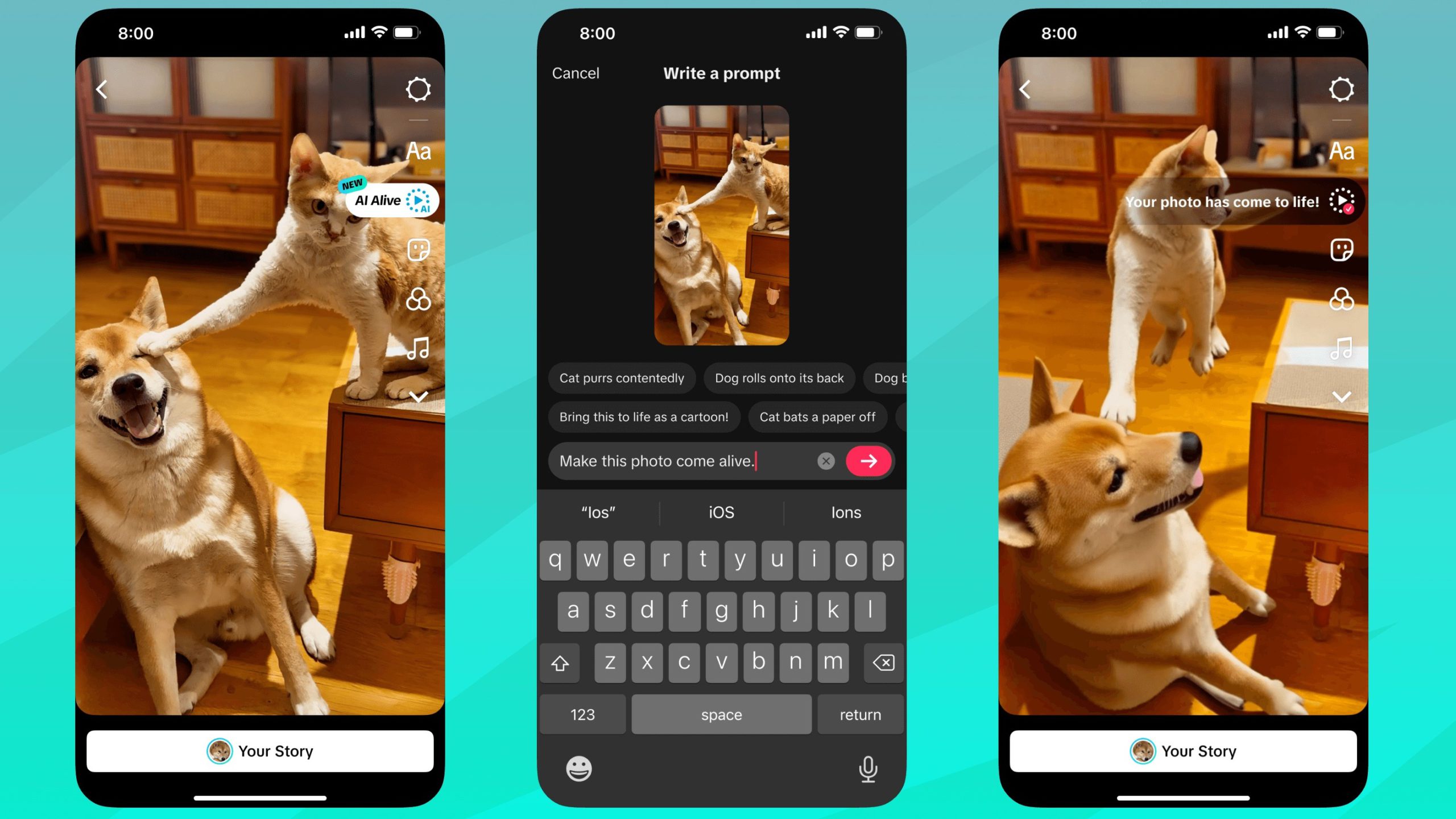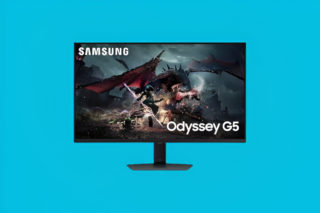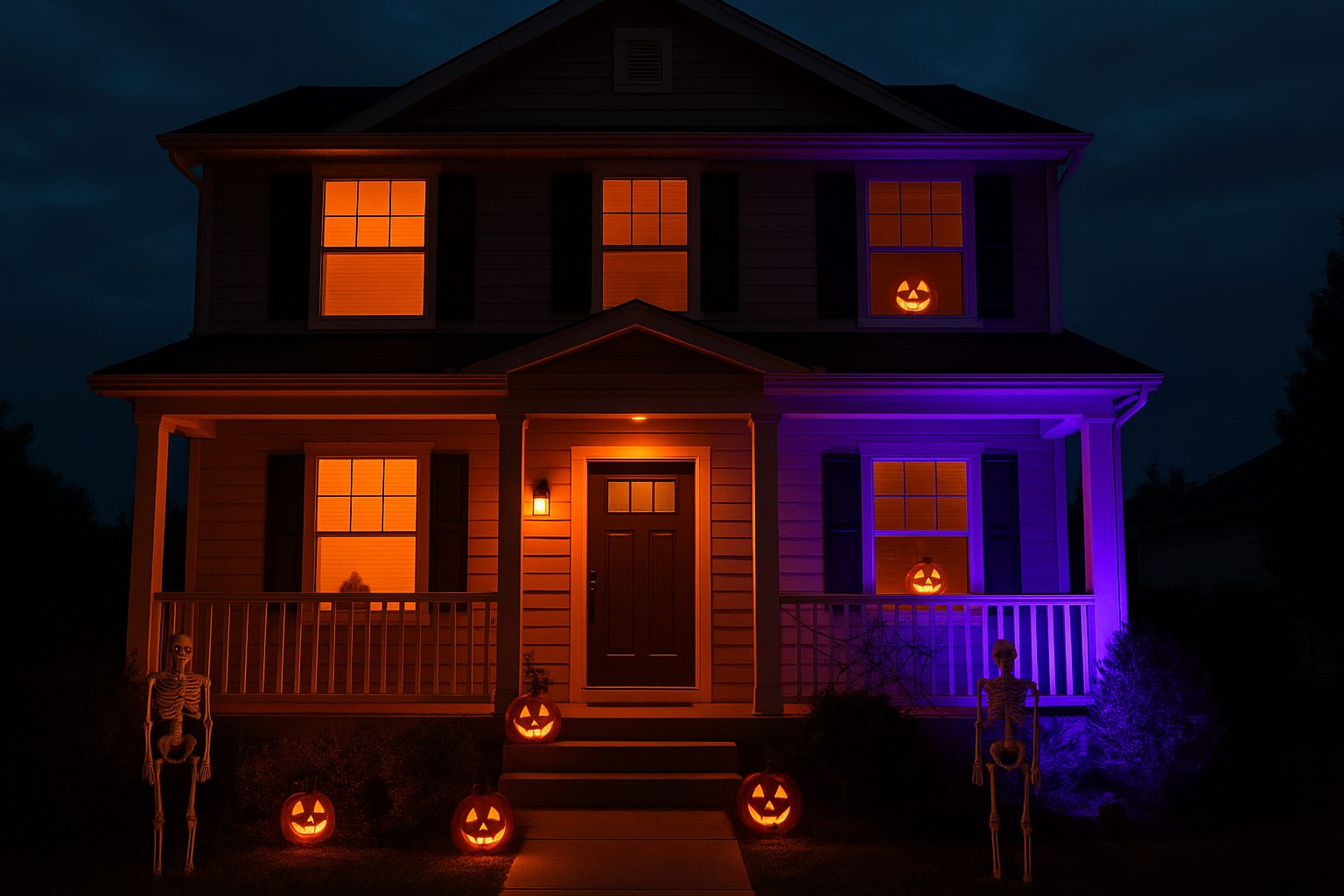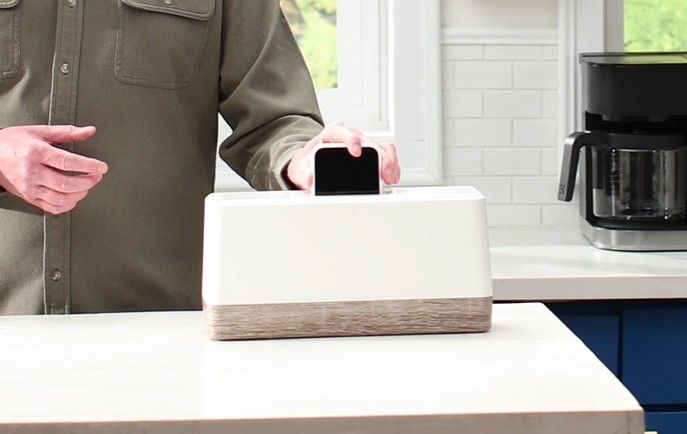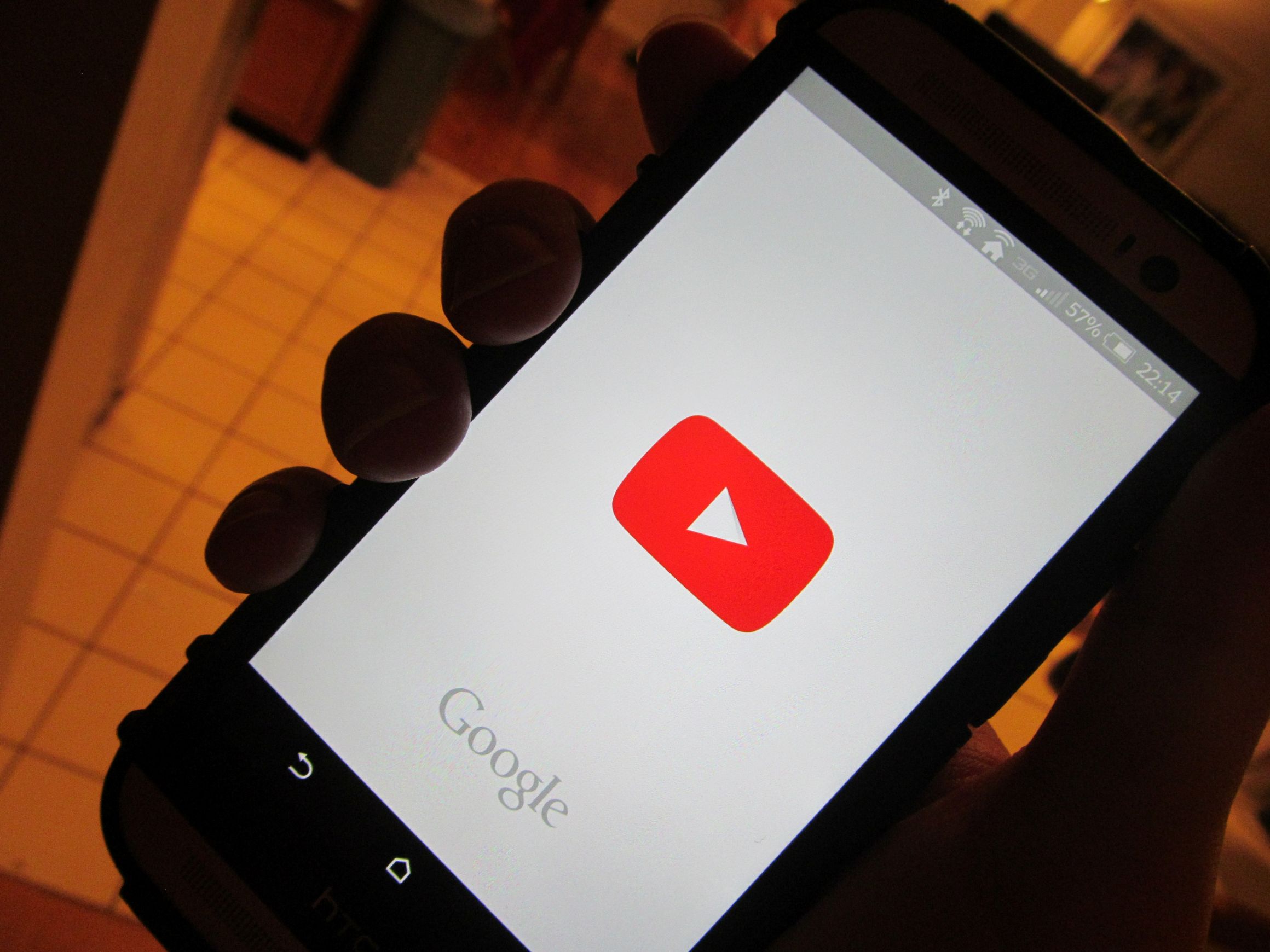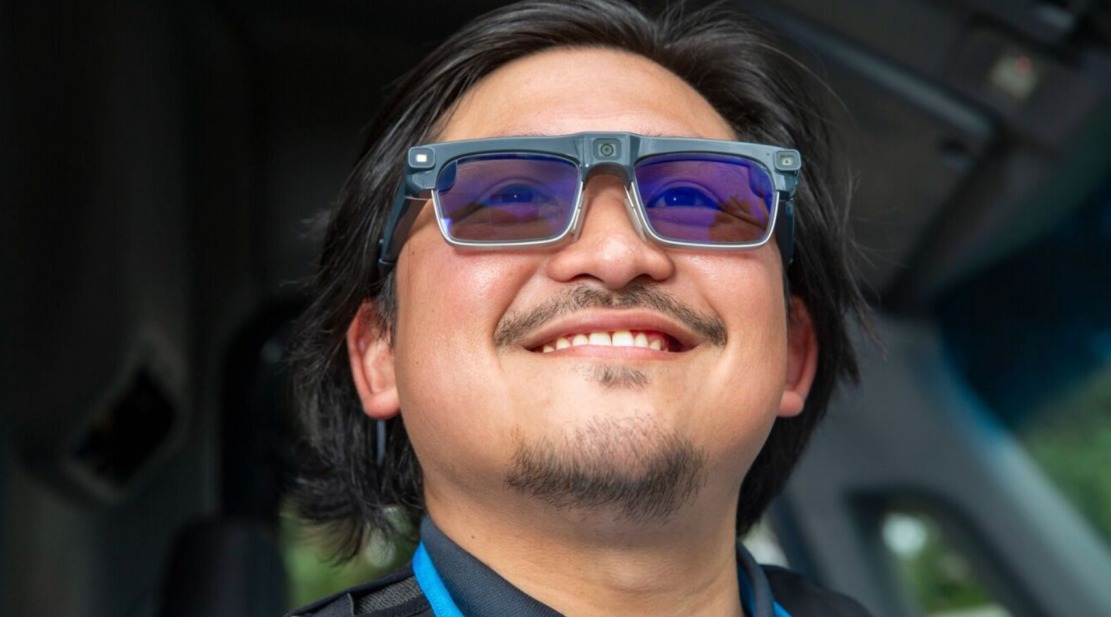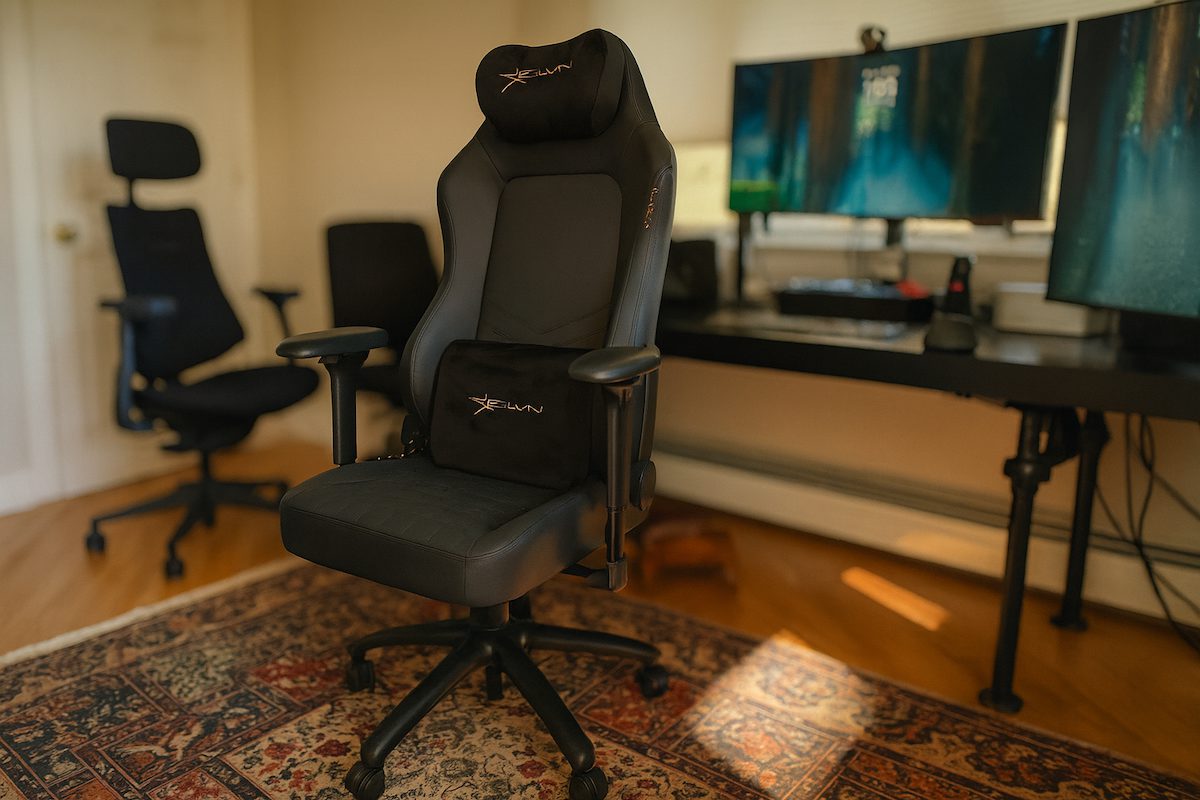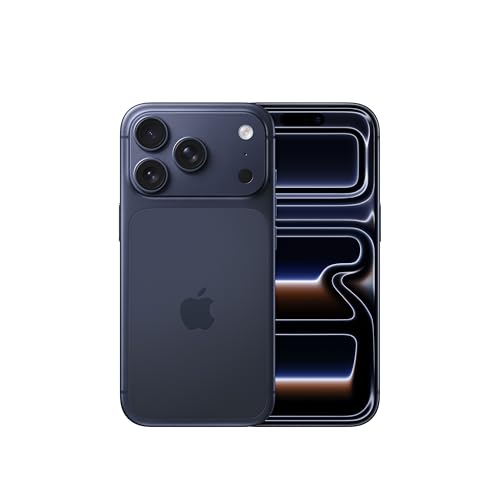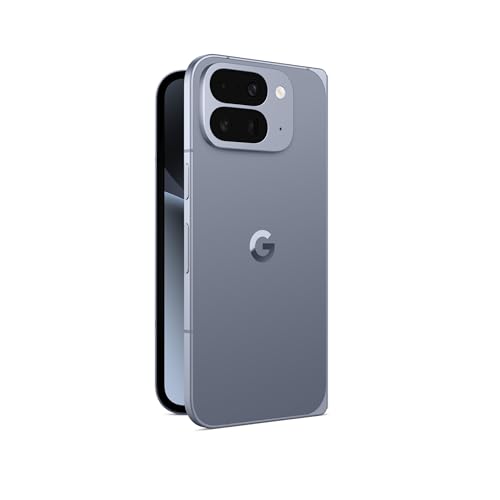Your static photos are about to get a serious upgrade. TikTok just dropped AI Alive, its first image-to-video feature that transforms your forgotten camera roll treasures into mini-movies with the sophistication of a film school graduate, minus the student loans and coffee addiction.
“The feature is only accessible via TikTok’s Story Camera and uses AI to create short-form videos with ‘movement, atmospheric and creative effects,” TikTok says. Unlike competitors still fiddling with basic text-to-image generators, TikTok has leapfrogged ahead with technology that adds movement, atmospheric effects, and cinematic flair to otherwise dormant images. The process feels as frictionless as applying a filter—select a photo, tap the AI Alive icon, enter a text prompt, and watch your still image spring to life like it just downed an energy drink. While other incredible AI tools are pushing the boundaries from images to video, it’s this feature in TikTok’s Story Camera that’s leading the charge.”
If you’ve ever wanted to see your vacation sunset transform into a timelapse or your pet portrait evolve into an animated moment, AI Alive delivers without requiring you to earn a degree in After Effects. The democratization of video creation is what makes this feature genuinely interesting rather than just another tech flex. Your grandma, who still double-clicks Instagram links, can now create videos that would’ve required professional editing skills just a few years ago.
TikTok has learned from past AI blunders across the industry. Each AI Alive creation undergoes multiple trust and safety checks before appearing in your feed. The platform’s moderation technology reviews the original photo, your AI generation prompt, and the resulting video—a triple-layer approach that should catch most problematic content before it sees daylight.
Even more impressive is TikTok’s commitment to transparency. Every AI Alive story carries an AI-generated label and includes C2PA metadata embedded directly in the file. This digital fingerprint stays with the content even when shared outside TikTok—a crucial safeguard in our deepfake-saturated internet. While other platforms talk about responsible AI, TikTok’s approach puts guardrails in place that don’t feel like an afterthought.
Early users report that AI Alive works best with straightforward prompts rather than complex requests. Asking it to “add gentle wind to trees” produces impressively natural results, but requesting your “cat to jump in anime style” might leave you with something that looks like it was animated by someone who’s only heard anime described by their grandmother. Like asking ChatGPT to write a Taylor Swift song, the results are recognizable but missing that ineffable, authentic quality.
The competitive implications here are significant. While Instagram and Snapchat are still playing catch-up with text-to-image AI features, TikTok’s push into video generation creates a meaningful differentiation in the content creation arms race. The move also positions TikTok as more than just a platform for dancing teens—it’s becoming a serious creative toolkit with capabilities previously reserved for desktop software.
For everyday users, AI Alive removes barriers to video creation that have historically kept casual content consumers from becoming producers. Your ideas no longer need to stay trapped in your head just because you lack technical skills or time. That democratization of creativity represents the most compelling aspect of this technology beyond the initial “wow” factor.
While AI Alive won’t replace professional video production, it brings cinematic possibilities to your fingertips with the casualness of posting a Story. In a social media world where static images increasingly feel like black-and-white TV in a color era, TikTok just handed a billion users the power to keep pace with rising content expectations—no film crew required.


